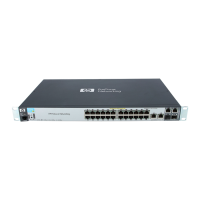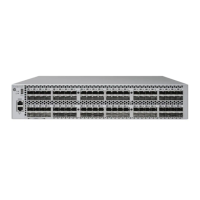HP NonStop TMF Management Programming Manual—540140-008
1-1
1 Introduction to TMF
TMF protects databases in online transaction processing (OLTP) environments. It does
this by managing database transactions, keeping track of database activity through the
use of audit trails, and providing database recovery methods. TMF performs its
functions while sustaining high performance in a high-volume, distributed OLTP
application environment.
To manage large systems or networks efficiently, it is beneficial to transfer many of the
routine management tasks to the computer system or network itself. This manual
describes how to design and code applications that manage TMF.
This section contains the following topics:
Management Programming for TMF on page 1-1
TMF Basic Concepts on page 1-3
Management Interfaces on page 1-6
TMF Object Types on page 1-11
TMF Commands on page 1-12
TMF Event Messages on page 1-15
Management Programming for TMF
TMF supports the Distributed Systems Management (DSM) facilities. In the context of
DSM, a subsystem is a set of processes that manages a cohesive set of objects in the
computer system. A subsystem can be managed by a person using an interactive text
interface like TMFCOM or by a management program that automates operator
functions using the Subsystem Programmatic Interface (SPI) to communicate with the
TMFSERVE process.
What is Management Programming?
Management programming is a way to automate many routine management tasks and
free human operators to do work requiring judgement and creativity.
Many tasks that a program can perform fall into one of two categories: control and
inquiry, or event management. Control and inquiry tasks use commands to change or
inquire about the configuration or status of objects in a system or network. Commands
provide a two-way interface:
A human operator or application program sends a command to a subsystem.
The subsystem performs some action and returns a response to the operator or
application.

